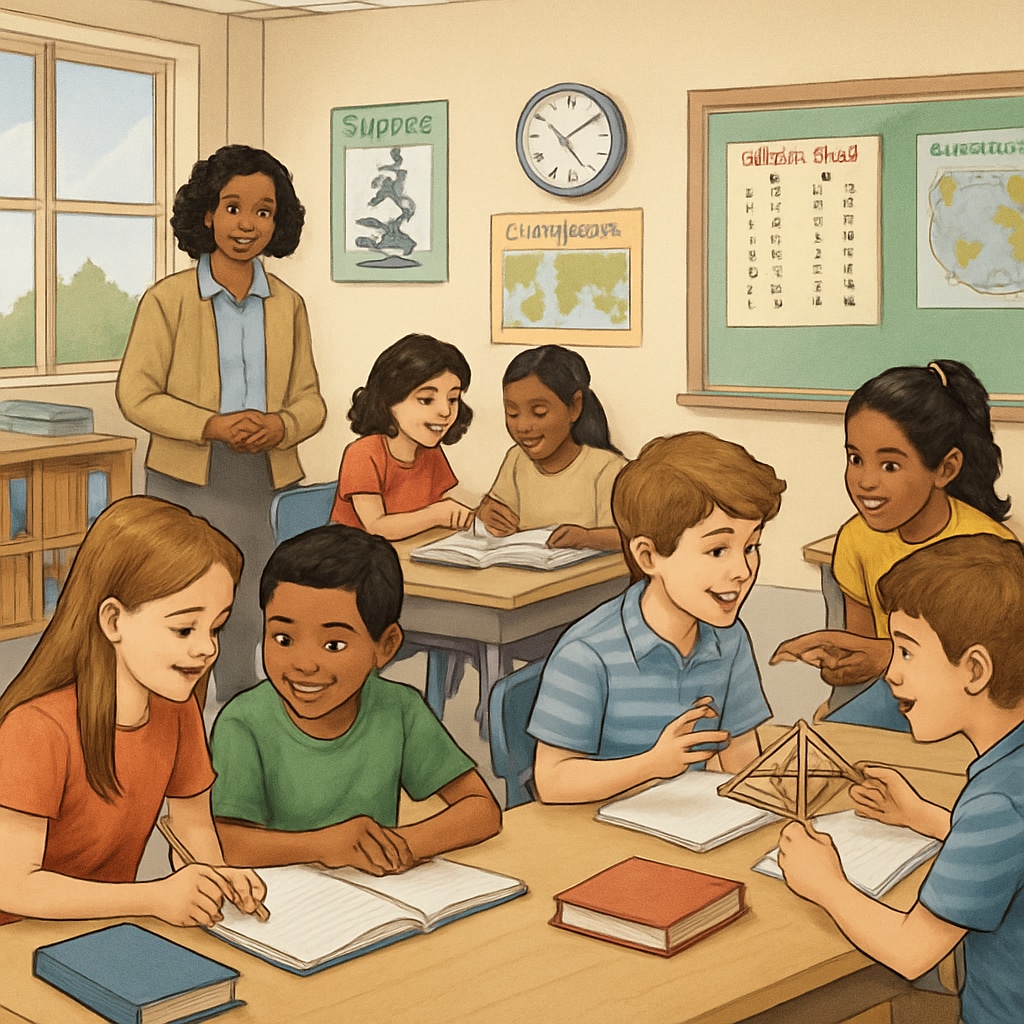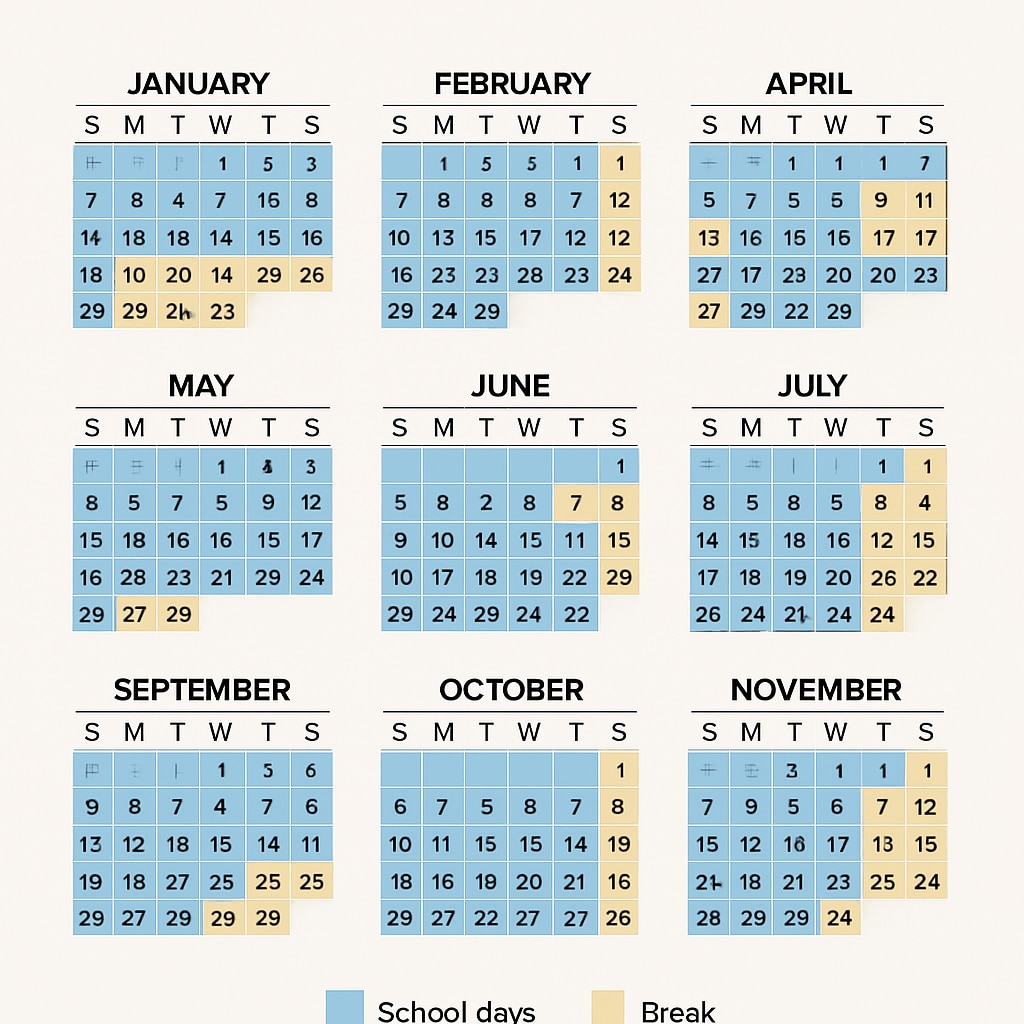The traditional school calendar, with a lengthy summer vacation, has long been a cornerstone of education systems worldwide. However, concerns about its impact on learning retention, often referred to as “summer slide,” have prompted educators to explore alternatives. One such option is year-round schooling, which restructures the school year to provide shorter, more frequent breaks. This article examines the effects of the traditional summer vacation on learning, the advantages of year-round schooling, and how education systems can balance learning continuity with students’ need for rest.
Does Summer Vacation Disrupt Learning Retention?
Summer break, while cherished by students and families, poses significant challenges for learning retention. Research indicates that students, particularly those from disadvantaged backgrounds, experience learning loss over the summer. This phenomenon, known as the “summer slide,” is especially pronounced in subjects like mathematics and reading. For example, a study by the National Summer Learning Association revealed that students lose about two months of math skills during the summer break.
Moreover, the long hiatus often forces teachers to spend the first weeks of the new school year reviewing material rather than advancing the curriculum. This cycle of learning, forgetting, and relearning can hinder long-term knowledge retention and academic progress.

The Case for Year-Round Schooling
Year-round schooling, also known as a balanced calendar, divides the school year into shorter terms interspersed with more frequent breaks. Instead of a three-month summer vacation, students might have breaks of two to three weeks every few months. This approach aims to minimize the learning gaps caused by prolonged absences from the classroom.
Some potential benefits of year-round schooling include:
- Enhanced Learning Retention: Shorter breaks reduce the likelihood of significant knowledge loss, allowing students to build on previous lessons more effectively.
- Consistent Engagement: Regular intervals of rest can help prevent burnout for both students and teachers, ensuring sustained motivation throughout the academic year.
- Better Resource Utilization: Schools can use facilities more efficiently, spreading out maintenance and reducing overcrowding.
However, year-round schooling is not without its challenges. Adjusting to this model can require significant changes in family schedules, extracurricular activities, and even summer job opportunities for older students.

Striking the Right Balance
While year-round schooling offers compelling benefits, it is not a one-size-fits-all solution. Education systems must consider the diverse needs of students, families, and communities. For instance, some families rely on summer breaks for childcare or travel, which can be disrupted by a year-round calendar. Additionally, rural and agricultural communities may face unique challenges due to seasonal labor patterns.
To strike a balance, policymakers could explore hybrid models that combine elements of both traditional and year-round schooling. For example, schools might adopt enrichment programs during summer breaks to mitigate learning loss without eliminating the extended vacation. Similarly, offering flexible schooling options can accommodate different family needs while promoting learning continuity.
Ultimately, the goal is to design an education system that prioritizes both academic achievement and the well-being of students. As research on year-round schooling continues to grow, it is crucial to evaluate its long-term effects on learning outcomes and equity.
Conclusion
The debate over year-round schooling versus traditional summer breaks highlights the need for innovative approaches to education. By addressing the “summer slide” and promoting consistent learning, year-round schooling presents a promising alternative. However, its implementation must carefully consider the diverse needs of students, teachers, and families. Whether through year-round schooling, hybrid models, or enrichment programs, the ultimate goal should be to create an education system that fosters both academic success and personal development.
As we rethink the traditional school calendar, the question remains: How can we best support students in achieving their full potential while ensuring they have the time to rest, explore, and grow outside the classroom?
Readability guidance: This article uses concise paragraphs, clear transitions, and a balanced mix of research and practical examples. Lists and headings break down complex ideas for better comprehension.


